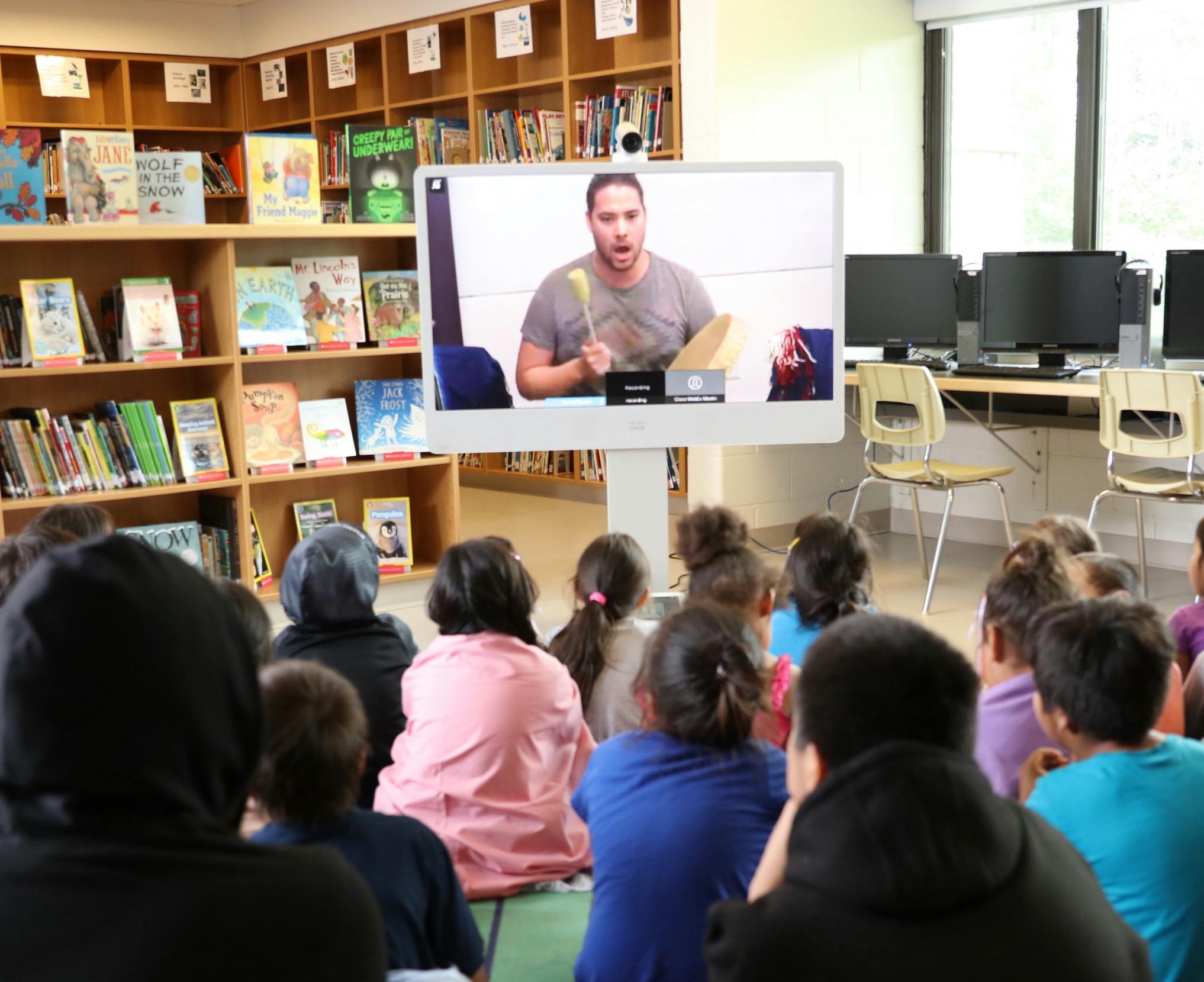
CHOY DURING SSEAYP IN JAPAN
Every year the Nippon Maru, carries with it over 300 youths from the ten Asean countries and Japan. She then sails to these countries with the aim of fostering friendship and deepening the understanding between their youths. The SSEAYP dates back to therepective Joint Statements issued in January 1974 between Japan, Indonesia, Malaysia, Philippines, Singapore and Thailand. This historic moment heralded the inception of the SSEAYP. Participating youths (PYs) like Myint and Gonzales get to broaden their outlook of places and people through community living, participation in educational and social activities on board the ship and during country visits.Special tutorials and games provide them the opportunity to mingle and interact with PYs from other countries. The SSEAYP vessel travels all over Asia, and stops at cities of the various participating countries. During this stopover, PYs will stay with host families for a few days. This allows them tp experience the uniqueness of life in those countries and explore their cultural heritage. Staying with host families gives PYs a chance to experience their hosts lives first hand, instead of reading the whole thing from a book or watching documentary. Malaysia was fourth stopover after Singapore, Laos, Yangoon and Mynmar. Astonishing and incomprehensible looks on these Asean faces were transformed into enlightened and cheerful ones just after four days. On the third day their stay Pys were given a taste of the Malaysian warmth and hospitality. They were taken to a village in Tanjung Karang, better known as the Rice Bowl of Selangor, for a pre-planned homestay programme. The PYs simply loved the brief experience. While they were soaking up the village life, other PYs had the opportunity to live with foster families in the cities. Such was the case with Satoru Niina from Japan and Kouthong Thongsavanh, a Loatian. They put up with a middle-class Malay family in Kelana Jaya. Satoru and Kouthong had more fun then they bargained for. Before long, they experienced their first congkak game. They also cracked open their first durian, Malaysias King of Fruits. Most importantly, they got to slip into the baju Melayu, a traditional Malay costume and really liked how they looked in it. The PYs rounded off the programme by staging a colourful cultural performance unique and special to their respectives contries. This allowed them to promote their countries cultures and traditions. There was much singing and dancing and everyone had a whale of a time. All in all, the Ship for Southeast Asian Youth Programme achieved its aim of promoting mutual friendship and understanding among the youths from Southeast Asia and Japan. The PYs left not only with broadened views but also fond memories of people and places. And none would disagree that Malaysia is a great place to be.
Japan
MediumPhotography, Colour
Related Issues Culture

















